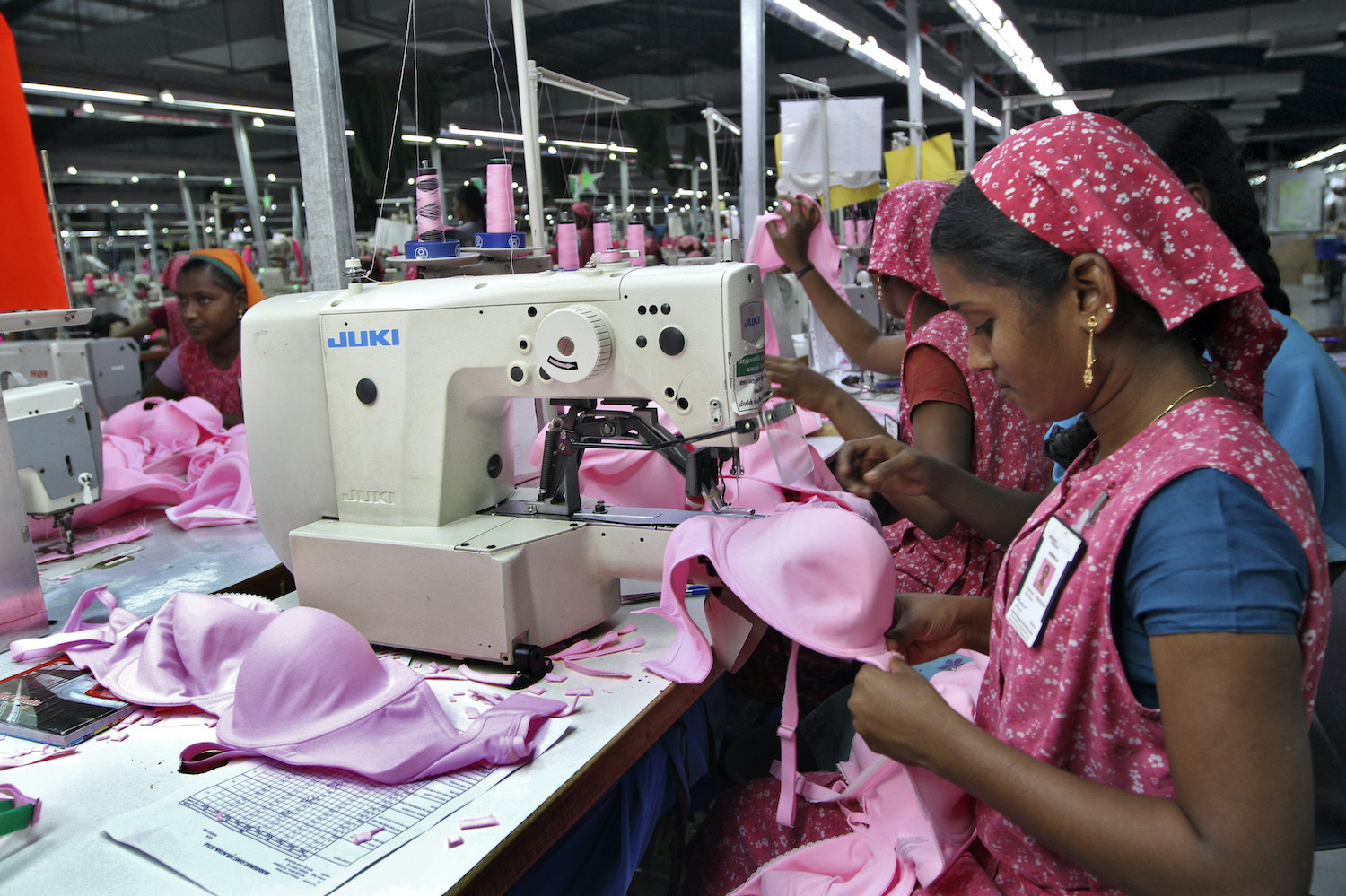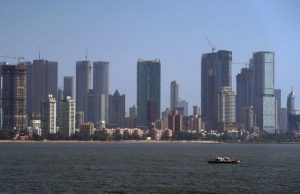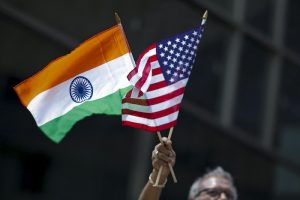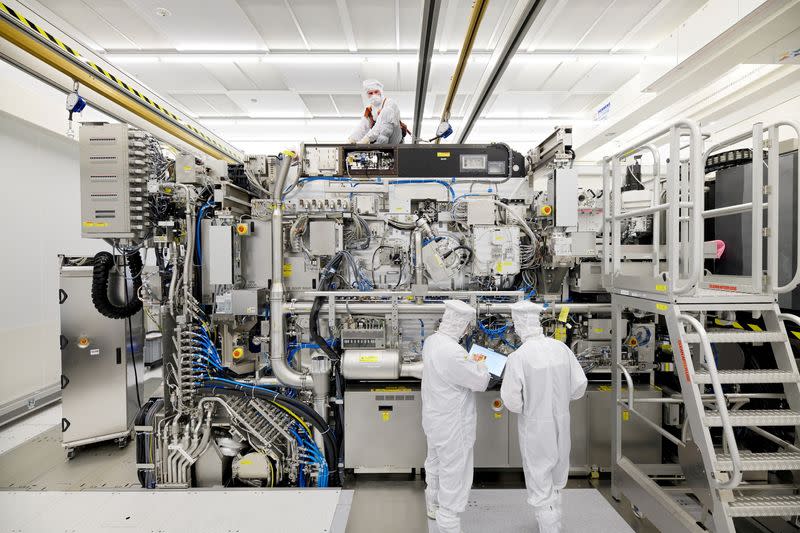(ATF) From zero, India is turning to a hero of emerging markets in 2021 with its big-bang budget that boldly focuses on health and infrastructure spending as well as liberalization of the financial sector without resorting to its age-old recipe of higher duties and taxation.
Equity investors cheered the move and shifted India from one of the worst performing equity markets globally in January to among the best by February, as the pro-growth push and orientation towards a higher quality of much-needed capital expenditure expansion. We have argued that India will be a bright star of 2021 for cyclical reasons, and for it to remain so, New Delhi will need to continue to work hard to address key fundamental weaknesses that Covid-19 has amply revealed.
The budget unveiled on 1 February for fiscal year 2022 (FY22 from Q2/21 to Q1/22) showed the government will continue to support the recovery through a sharp 26% increase in capital expenditure, while refraining from raising taxation. The focus to raise spending on infrastructure and ease duties for infrastructure commodities such as steel shows a strong commitment to target higher quality spending and refrain from its protectionist impulse.
Beyond capital expenditure, health took priority with 2.2 trillion rupees in spending, which should pay off as India is ahead of emerging markets in vaccine acquisition and distribution. And, while estimated borrowing declined on a percentage year-on-year basis, it was still higher than pre-Covid at 12 trillion rupees.
India also showed further positive change in this budget by chipping away at structural barriers, such as liberalising the insurance sector to foreign direct investment (from 49% to 74%). It also created a fund to deal with bad debt, with 200 billion in rupees to recapitalizing state banks and privatize two public sector banks.
Reducing import tariffs, especially for key inputs for much-needed infrastructure, is helpful. Recent labour market reforms to unshackle rigidity of the labour market should also help.
Already, we can see a V-shape recovery on the high frequency growth figures such as imports. The PMIs for both manufacturing and services have been above 50 since August and January manufacturing PMI bounced further to 57.7 to the second highest in Asia, behind only Taiwan’s sharp rise.
Other activity trackers, such as Google Mobility, show a steady normalisation even as the virus surged in Q3 (and has since declined). This shows the lack of appetite for more suppression, and allows the domestic economy to continue its recovery. On vaccine acquisition and deployment, India has a head start in Asian emerging markets, with 85.4% of the population secured and distribution already starting and targeted to reach 23% by August this year.
Labour market weaknesses
While India has staged a recovery from the depth of economic despair for reasons highlighted above, questions linger over its ability to grow beyond the cyclical rebound due to the overhang from 2020 in terms of greater unemployment, debt and non-performing assets in the banking sector, as the moratorium on loans and how they are classified has expired. The Covid-19 pandemic revealed fundamental weaknesses such as having too much dependence on domestic demand, not enough exports, especially from manufacturing, and too many people working informally in unproductive sectors of the economy.
So, the recovery in employment has been uneven, which stems from the lack of structural growth engines, particularly in the manufacturing sector, which greatly needs to absorb India’s woefully underemployed labour force. To that end, holistic employment data in India is scant, as we have indicators for formal employment and private surveys, but not the overall labour market picture. With 90% of people working in the informal sector and a labour participation rate of only 54%, it obscures our ability to gauge the recovery.
Using the two labour market sources we have – the Employees’ Provident Fund Organization (EPFO) and the Center for Monitoring Indian Economy (CMIE) employment survey – show clear signs of recovery of the Indian labour market. Still, the overhang from last year’s lockdowns is seen in the service and manufacturing sectors, which are more productive than the agriculture sector and contribute more to output. While the manufacturing sector employs fewer people than agriculture (40% of total labour force), it is more productive. That means, beyond the cyclical rebound in 2021, India still needs to generate more jobs to sustain its growth rates and improve its general standard of living.
More national debt
Another concern other than labour market recovery for India is the higher debt level incurred and how that burden may dampen its recovery. In the budget announcement on 1 February 2021, the government stated that it expects a -9.5% of GDP deficit for FY21, wider than the original estimate of -3.5%. Meanwhile, for FY22 (April 2021 to March 2022), the government expects a narrower fiscal deficit of -6.8% of GDP. While on the surface that looks like fiscal consolidation, spending still rose by 1%.
The 2022 fiscal year budget took an expansionary path despite its appearing to be a plan for “consolidation”. The central government proposed spending of 35 trillion rupees or US$480 billion, which is about 17.7% of GDP or a 1% increase from FY2021 that rose substantially on Covid-19 measures. With expenditure rising from FY21 (meaning that it is not returning to pre Covid-19 level) and revenue expected to increase, the overall borrowing level is expected to decline from FY21, but to a level much higher than pre Covid-19 level. They estimate gross borrowing for FY22 will be 12 trillion rupees, a decline from an estimated 12.8 trillion rupees in FY21 but much higher than non-pandemic years. That means the country’s debt level will rise.
While banks and equities rallied on the budget news, government bonds sold off on worries about how to absorb the 12 trillion rupees in borrowing by the government. Note that real rates were rather negative in India in the second half of 2020 due to high inflation, but with easing monetary conditions. Meaning, while government debt has increased due to a widening deficit, debt funding costs were lower. The question then is, what role the Reserve Bank will play in helping with financing of the budget. While we are not concerned about India’s debt sustainability in the short-term, as it is likely to benefit from higher nominal GDP growth, which will help with revenue generation, there is concern about the medium-term sustainability of this debt, especially how efficient this 26% increase of capital expenditure will be in generating higher output for the economy.
With CPI falling and likely to ease further on food supply shocks dissipating, the RBI has scope to help via cutting interest rates, quantitative easing or raise the quotas for foreign participation as foreign ownership is still low. While we’re not particularly concerned about short-term financing of Indian debt, the key to longer term sustainability is contingent on its efficiency of spending.
Second, while system-wide liquidity improved, credit growth is sluggish and remains constrained due to an undercapitalized banking sector with rising NPLs that is masked by regulatory support. S&P estimates that NPLs will rise to 10-11% in 2021. Meanwhile, the central bank is more sobering with estimates of bad debts rising to 13.5-15% by Q3 2021 in its latest stress test. But that will depend on the degree of economic stress.
That said, while India’s banking sector balance sheet will look worse in 2021, it is facing a much more favorable macroeconomic environment relative to 2020, when improved metrics are masked by regulatory support. So, we believe that the rise of NPLs will hinder fast credit growth but not become a systemic risk for India this year, if it continues its current growth recovery trajectory.
Failing to utilise its big labour advantage
Finally, India still lacks the ambition to expand and attract manufacturing foreign direct investment, as it has not negotiated any major trade deals, like China’s regional trade deal RCEP – which India declined to join – or the investment agreement Beijing signed with the European Union (although yet to be formally approved). Covid-19 revealed the longstanding weakness of India’s economic structure: not enough utilization of its labour force due to inward-looking policies that prioritize protectionism over trade liberalization to capture its comparative advantage: a large working age population.
With 90% of the labour force working in informal sectors, the country’s labour participation rate is just 54%, with a large proportion (40%) employed in the agriculture sector, and manufacturing exports accounting for only 6.7% of GDP. It shows that India is clearly not living up to its potential. The government has taken some steps to change this, such as lowering manufacturing tax rates by 10% and undertaking labour market reforms and limiting the number of companies that must get approval from the government before they lay-off or retrench staff.
Those steps are positive and will help with India’s competitiveness. FDI was still positive in 2020 – China and India were the only major economies with positive FDI growth according to an UNCTAD Investment review. But it most of the FDI flows went efforts to capture India’s domestic growth through big tech deals, as well as infrastructure.
What’s missing is for India to capture more of the rest of the world’s growth using its massive labour force and address its labour surplus issue. More work is needed as the mantra of “self-sufficiency” has led to some inward-looking trade policy. The government raised more trade barriers with higher import tariffs in 2020. Moreover, it is not seeking strategic markets to expand exports via trade liberalisation. For example, it opted out of the Regional Comprehensive Economic Partnership (RCEP) while the rest of Asia joined. The move itself does not negatively impact India, as it is a net importer rather than an exporter, but its lack of interest also will not bring further benefits.
Beyond RCEP, India has not made significant trade agreements with key markets, in juxtaposition to economies such as Vietnam that signed three trade deals in 2020, including the EU-FTA, RCEP and an FTA with the UK.
India needs to expand outward as it has too many people under-employed and its growth engines are not diversified enough. Trade may have a cyclical rebound because of the sharp economic fall, it is structural still weak and that is an area that India needs to develop. If we look at India’s gross exports breakdown by value, we can see that its participation even at a gross level has declined relative to 2013.
India’s participation in the global value chain via exports of intermediates and foreign investors’ participation in India’s export value chain also declined. By share of GDP, this is even more abysmal.
In other words, 2021 is India’s moment to shine, but much more work is still needed ahead.
ALSO SEE:
Border conflict highlights the urgency for Modi to do more
Southeast Asia underperformance to reverse
# Trinh Nguyen is Senior Economist covering Emerging Asia at Natixis in Hong Kong. Trinh is an award-winning economist with expertise and insights on the economic trends and the forces shaping them in the Emerging Asia region. Prior to Natixis, she was an Asia economist at HSBC and a research consultant at the World Bank. She holds a Master of Arts in International Affairs and International Economics with a focus on Southeast Asia from Johns Hopkins University.
























